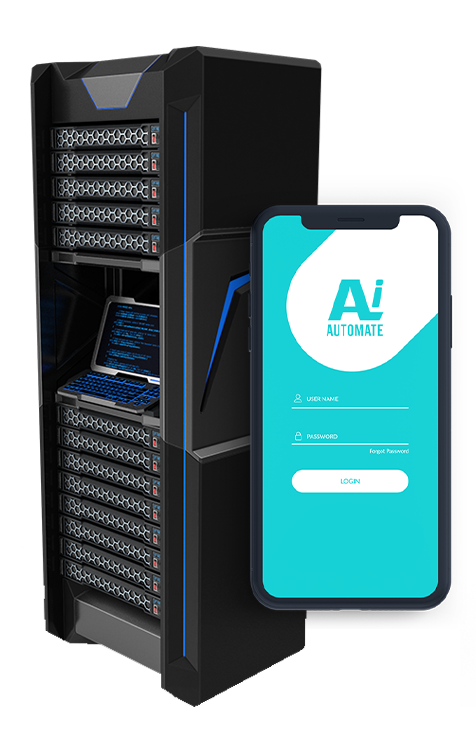IoT-Enabled Meat Traceability System
An IoT-enabled meat traceability system is a comprehensive solution that utilizes the power of the Internet of Things (IoT) to track and monitor the movement of meat products throughout the supply chain, from farm to fork. By leveraging a network of sensors, RFID tags, and other IoT devices, businesses can gain real-time visibility into the provenance, handling, and storage conditions of their meat products, ensuring transparency, accountability, and consumer safety.
- Enhanced Traceability: IoT-enabled meat traceability systems provide complete traceability of meat products, allowing businesses to track each individual animal or batch of meat from its origin to the point of sale. This enhanced traceability enables businesses to quickly identify and isolate any potential contamination or safety issues, ensuring consumer protection and brand reputation.
- Improved Food Safety: By monitoring temperature, humidity, and other environmental conditions throughout the supply chain, IoT-enabled meat traceability systems help businesses ensure the proper handling and storage of meat products. This real-time monitoring helps prevent spoilage, contamination, and other food safety risks, protecting consumers from potential health hazards.
- Reduced Waste: IoT-enabled meat traceability systems provide businesses with valuable insights into the shelf life and storage conditions of their meat products. By optimizing inventory management and reducing spoilage, businesses can minimize waste and improve profitability.
- Increased Consumer Confidence: Consumers are increasingly demanding transparency and accountability in their food supply. IoT-enabled meat traceability systems provide consumers with peace of mind by allowing them to trace the origin and handling of their meat products, building trust and loyalty.
- Streamlined Compliance: IoT-enabled meat traceability systems help businesses comply with regulatory requirements and industry standards for food safety and traceability. By providing auditable data on the handling and storage of meat products, businesses can demonstrate their commitment to compliance and mitigate legal risks.
- Data-Driven Insights: IoT-enabled meat traceability systems generate a wealth of data that businesses can use to optimize their supply chain operations. By analyzing data on temperature, humidity, and other factors, businesses can identify trends, improve efficiency, and make data-driven decisions to enhance their overall performance.
IoT-enabled meat traceability systems offer businesses a comprehensive solution to improve traceability, ensure food safety, reduce waste, increase consumer confidence, streamline compliance, and gain valuable data-driven insights. By leveraging the power of IoT, businesses can transform their meat supply chains, enhance their operations, and meet the growing demand for transparency and accountability in the food industry.
• Improved Food Safety
• Reduced Waste
• Increased Consumer Confidence
• Streamlined Compliance
• Data-Driven Insights
• Premium Subscription
• Temperature sensors
• Humidity sensors






